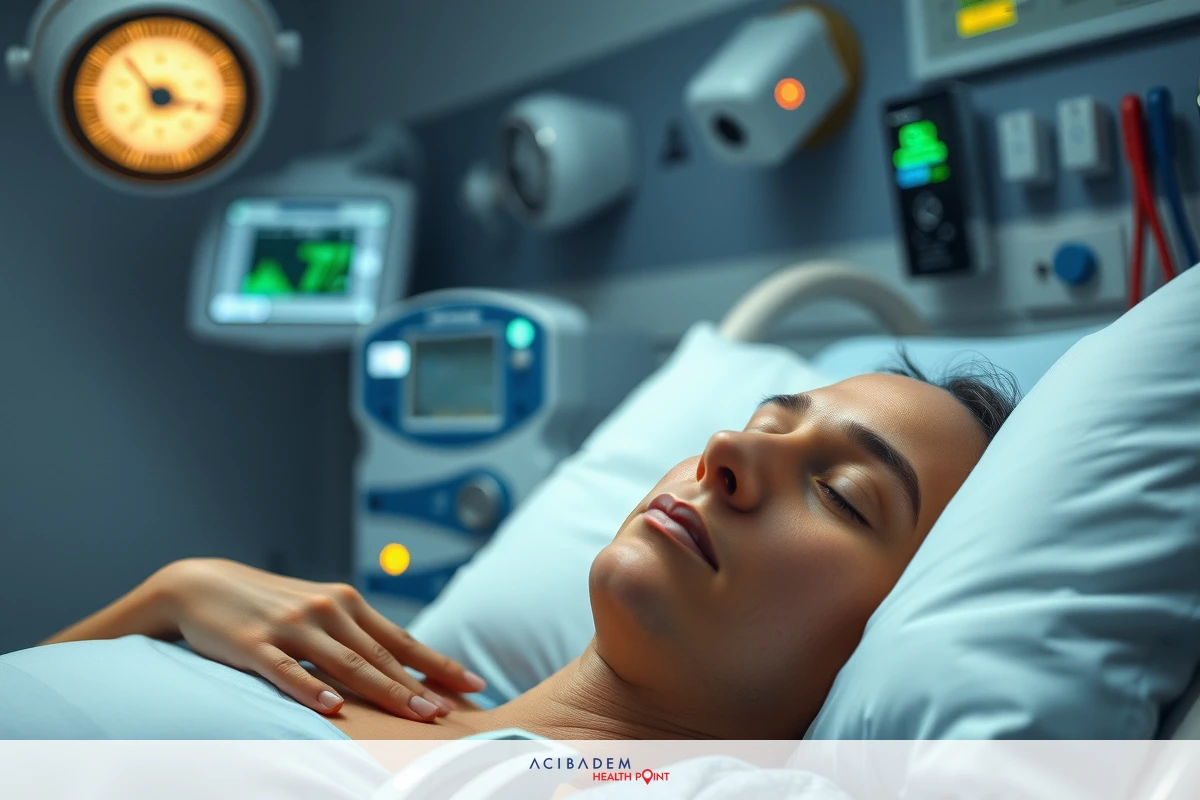Is it Safe to Have a Second Rhinoplasty?
Is it Safe to Have a Second Rhinoplasty? Safety is paramount when considering any form of medical intervention. The prospect of undergoing a second rhinoplasty raises questions about safety, risks, and recovery prospects. This topic requires detailed exploration with due consideration given to the unique intricacies that distinguish this procedure from its initial counterpart.
Revision rhinoplasty, or secondary nose surgery as it’s often referred to, has its own set of complexities. With varying factors at play such as individual healing processes and patient expectations, understanding these elements aids in making an informed decision. Equally important are the potential risks associated with this cosmetic procedure and what one can expect during recovery—topics we bring into focus for clearer understanding.
Understanding Revision Rhinoplasty
Revision rhinoplasty, also known as secondary nose surgery, is a procedure performed on patients who have previously undergone a primary rhinoplasty. This second rhinoplasty comes into play when the initial results are unsatisfactory or complications arise post-surgery. The goal of this operation is to correct any aesthetic and functional issues that surfaced after the first surgery.
The surgical approach in revision rhinoplasty varies based on individual cases and their unique needs. It’s important to note that these procedures can be more complex than primary surgeries due to factors such as scar tissue formation and alterations in nasal anatomy from the previous operation. Surgeons performing this task require extensive knowledge of nasal structures and specialized training for optimal safety during the process.
Why might someone need revision rhinoplasty? Reasons range from dissatisfaction with the look of their nose following their first surgery, breathing difficulties, or other unforeseen complications arising post-operation. Some individuals may have had unrealistic expectations before their initial nose surgery which were not met—a factor contributing significantly towards opting for a secondary cosmetic procedure. In some instances, healing processes may not proceed as expected leading to an unanticipated outcome necessitating correction via revision rhinoplasty.
Factors to Consider for Safety
Safety considerations are crucial when contemplating a second rhinoplasty. The decision to undergo revision nose surgery should never be taken lightly, as there are several factors that play into ensuring the process is safe and will yield desired results.
A paramount factor in safety is choosing the right surgeon. It’s essential for patients considering a second procedure to consult with well-qualified and experienced surgeons skilled specifically in revision rhinoplasty. This ensures they have the necessary expertise to navigate potential complexities arising from scar tissues and altered nasal structures.
Understanding one’s own healing process is pivotal too. Each individual heals differently, which means outcomes can vary significantly even with similar procedures.
Setting realistic expectations about what can be achieved through this secondary cosmetic procedure plays an important role in overall satisfaction post-surgery. Patients need clarity on what improvements are attainable given their unique circumstances.
Lastly, taking ample time to recover after surgery aids in minimizing risks of complications and promotes proper healing. Adhering strictly to post-operative care instructions provided by your doctor contributes greatly towards a successful recovery journey.

Recovery and Risks
The recovery timeline following a second rhinoplasty can be slightly lengthier than the primary procedure. This is largely due to the nature of revision nose surgery, which often involves addressing issues from the initial operation and working with altered nasal structures. Post-operative care becomes even more crucial in these instances to ensure proper healing and minimize complications.
Post-operative care typically includes specific instructions for wound care, signs of complications to watch out for, activity restrictions, as well as follow-up appointment schedules. Adherence to these guidelines aids significantly in mitigating risks associated with secondary cosmetic procedures like revision rhinoplasty. It’s important that patients are aware that full recovery may take up to a year or more — during this period swelling gradually subsides revealing the final outcome.
As is true for any surgical procedure, certain risks accompany a second rhinoplasty too. While expert surgeons make every effort to minimize them, potential complications could include infection at the surgical site, adverse reactions to anesthesia given during surgery or prolonged swelling beyond normal recovery time frames. In some cases changes in skin sensation on and around the nose might occur post-operation although such occurrences are generally temporary by nature.
Understanding these risks prior helps patients prepare better mentally for their journey towards improved aesthetics through revision rhinoplasty.
https://www.acibademhealthpoint.com/what-is-secondary-breast-cancer-2/
Frequently Asked Questions
What makes a second rhinoplasty different from the first?
The key difference lies in the complexity of the procedure. A revision rhinoplasty often involves addressing issues that arose from the initial surgery and working with altered nasal structures, making it a more complex task than primary nose surgery.
How can I ensure my safety during a second rhinoplasty?
Safety considerations include choosing an experienced surgeon specializing in revision procedures, understanding your own healing process, setting realistic expectations about results and adhering strictly to post-operative care instructions.
What is the expected recovery time after secondary nose surgery?
Recovery timelines may vary but generally speaking they could be slightly longer than your first operation due to increased complexities. Full recovery revealing final outcomes might take up to a year or more as swelling gradually subsides.
Are there risks associated with undergoing a second rhinoplasty?
Yes, potential complications exist like any surgical procedure—these could range from infection at the surgical site, adverse reactions to anesthesia or prolonged swelling. Changes in skin sensation on and around nose are possible too though they usually resolve over time.











